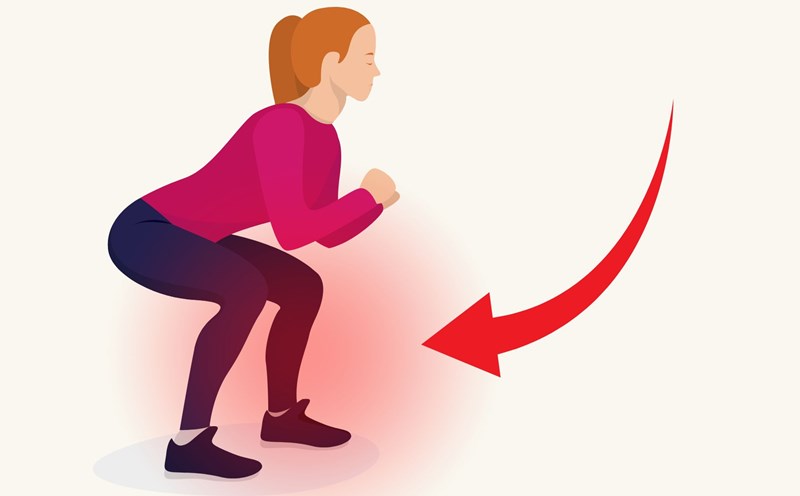Squat is one of the body weight exercises that should be done regularly after the age of 50. This move helps improve balance, coordination, increase lower body strength, while supporting the building of lean muscle and increasing bone density.
Aim to do 50 consecutive squats of body weight with controlled techniques, lowering the body at least parallel to the ground. This ability reflects lower body strength, cardiovascular endurance, joint mobility and body stability.
Newcomers should start with a squat with support (backed on a wall or chair), then switch to a body weight squat, focus on slow and controlled movement, counting 3 - 4 seconds when lowering down. As progress progresses, you can increase the depth, increase the number of reps, and combine single weights or light weights.
Squat exercises activate the hip, core and leg muscles, supporting the body to coordinate effectively when tired. In middle age, this coordination strength plays an important role in preventing falls, protecting the spine, and supporting joint attachment. At the same time, maintain smooth and confident movement in daily activities such as getting off the chair and climbing stairs.











